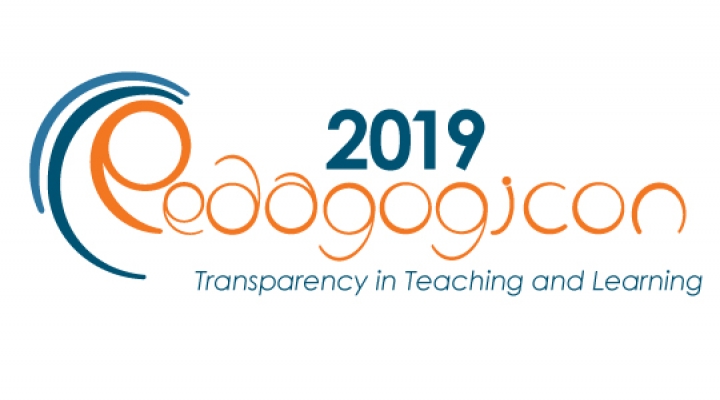Publication Date
2020
Abstract
Use of alternatives to written methodology for pedagogical coursework is worth investigating as students increase use of visual means in their social media communications. When offered a choice, a full 61% of students report preferring visual video feedback over written feedback. Use of a visual imagery method, named PhotoVoice was used to reconstruct a written assignment in an Occupational Science and Occupational Therapy curriculum. The specific methodology included use of auto-photography where students photographed their daily occupations. Photo elicitation was used to extract meanings from the visual images. 54 students photographed their daily occupations and routines over a 2-4 week period and then analyzed the photos by occupational categories and then by unique personal themes. Five themes emerged regarding student learning by visual imagery methods. Students reported ability to view occupations through photos. They stated that they had increased observational skills through viewing images taken over time. They noted increased creativity using visual means. Active learning with student expression was achieved. Learning via visual routes was noted to enhance tacit (unwritten but known) learning when analyzing the photographs. And students reported that viewing occupations also through affective means, deepened their understanding of the assignment content.
Creative Commons License

This work is licensed under a Creative Commons Attribution 4.0 License.
Use of visual imagery as an alternative to traditional written assignments
Use of alternatives to written methodology for pedagogical coursework is worth investigating as students increase use of visual means in their social media communications. When offered a choice, a full 61% of students report preferring visual video feedback over written feedback. Use of a visual imagery method, named PhotoVoice was used to reconstruct a written assignment in an Occupational Science and Occupational Therapy curriculum. The specific methodology included use of auto-photography where students photographed their daily occupations. Photo elicitation was used to extract meanings from the visual images. 54 students photographed their daily occupations and routines over a 2-4 week period and then analyzed the photos by occupational categories and then by unique personal themes. Five themes emerged regarding student learning by visual imagery methods. Students reported ability to view occupations through photos. They stated that they had increased observational skills through viewing images taken over time. They noted increased creativity using visual means. Active learning with student expression was achieved. Learning via visual routes was noted to enhance tacit (unwritten but known) learning when analyzing the photographs. And students reported that viewing occupations also through affective means, deepened their understanding of the assignment content.


